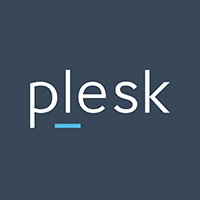- Server operating system version
- Ubuntu 22.04
- Plesk version and microupdate number
- 18.0.50
Hey guys,
when i'm securing the mail server with the lets encrypt certificate for my hostname, i have questions about dns-template and mailserver usage best practice.
Best regards
FYI
when i'm securing the mail server with the lets encrypt certificate for my hostname, i have questions about dns-template and mailserver usage best practice.
- The LE hostname-certificate just contains the hostname if im thinking correct
- would it be better to change the dns template mx record to the hostname, so the certificate is valid for the mx?
- if i would do this, i can safely remove the mail A/AAAA record from the dns template? (but needed on host-domain zone?)
- if i would do this, everybody needs to setup his email clients with the hostname as imap/smtp server, correct?
- if i would do this, does dkim and spf still work for all domains or does i need to change anything there?
- Is there another smarter solution?
Best regards
FYI

